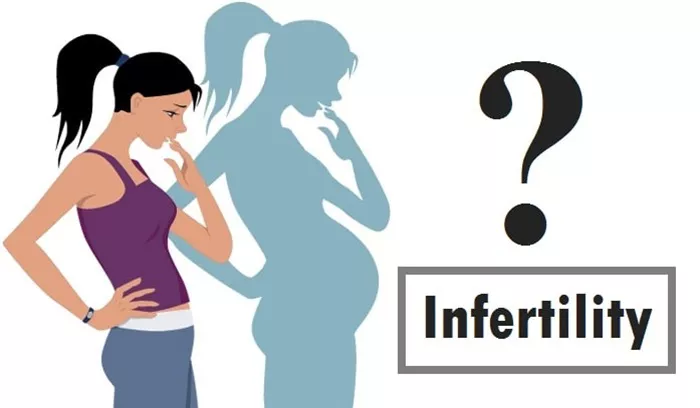Female infertility has surged worldwide, affecting over 110 million women in 2021—an 84% increase since 1990—according to a new study published in Scientific Reports. Women aged 35 to 39 are the most impacted.
Using data from the Global Burden of Disease (GBD) 2021 study, researchers analyzed infertility trends in 204 countries. The global age-standardized prevalence rate (ASPR) reached 1,367.4 per 100,000 women in 2021, with over 601,000 disability-adjusted life years (DALYs) linked to infertility.
Asia saw the highest case numbers, especially in China and India, while countries like Australia and New Zealand had the lowest rates. Infertility increased most sharply in low- and middle-SDI (sociodemographic index) regions after 2010, while high-SDI regions saw slower growth and eventual declines.
Contributing factors include delayed childbearing, hormonal disorders, environmental pollution, and chronic conditions like endometriosis. Infertility is also tied to higher risks of gynecological cancers and cardiovascular diseases.
Despite projections that total cases may decline by 2050 due to population changes, the age-standardized burden is expected to rise, driven by aging, better diagnostics, and increased awareness.
The study highlights a growing need for early screening, better reproductive care, and targeted public health strategies to address this rising global burden.
Related topics:


